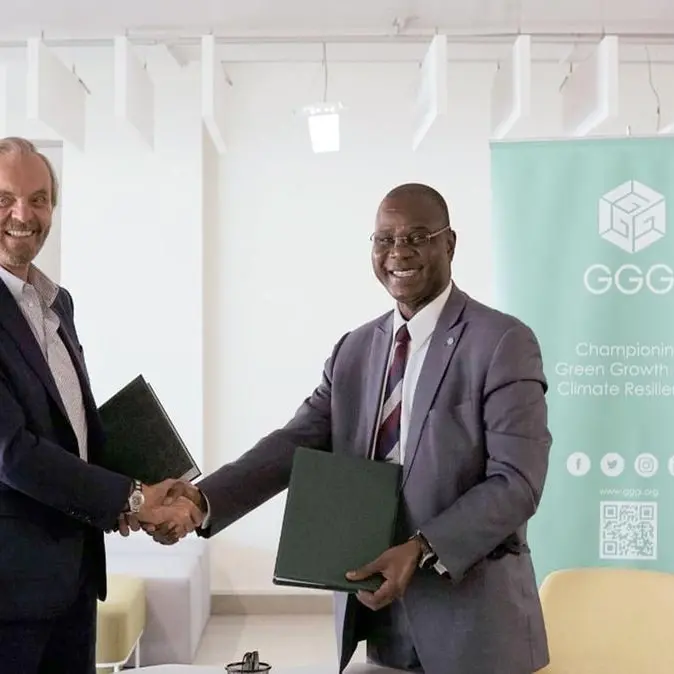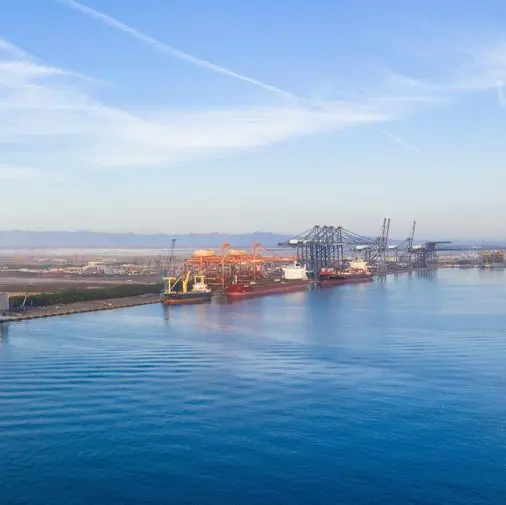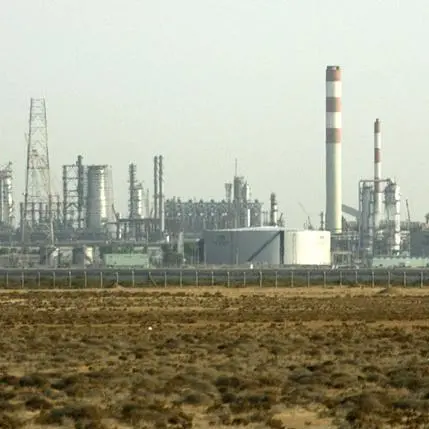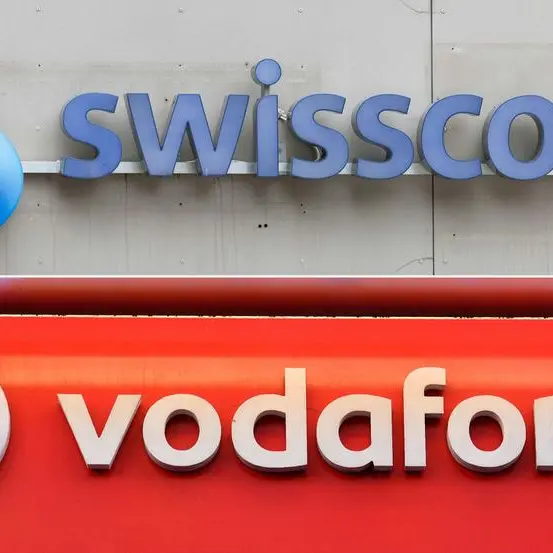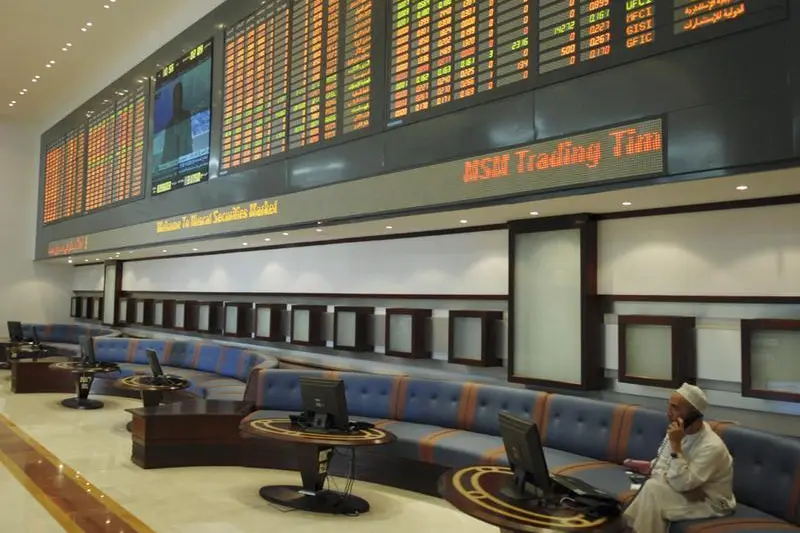*This article was co-authored with Menacorp financial anayst Mahmoud Rebai
The United Arab Emirates’ real estate market has been experiencing an oversupply of units across all real estate categories, ranging from residential to commercial. Over a span of two years, property prices have plummeted, weighing on developers’ profit margins and squeezing their cash flows.
Initially, lower margins were considered the cost of doing business in a saturated market whilst attempting to maintain market share. However, as interest margins contracted, global macros took another swing at property developers through the steady, but sharp, climb in interest rates, making borrowing costs significantly higher.
“Pure-play” developers have managed to manoeuvre through lower margins and oversupply by ramping up credit sales in attempt to secure future cash flows and reduce their exposure to the realty market by reducing inventory and focusing on receivables.
This technique is commended, especially for developers with heavily depreciating units that have high carrying costs. However, as the Dubai Expo comes around, projects are expected to be delivered regardless of current supply levels and thus require firms to have adequate cash flows to fund their projects.
In this case, the combined cash flows from operations of four major developers - Emaar Properties, Damac Properties, Aldar Properties and Deyaar Development – have weakened to 3.8 billion UAE dirhams ($1.03 billion) last year, from 16 billion dirhams in 2014.
Developers have had to seek more bank financing to fund credit sales at a time when interest rates have kept rising, which has increased gross debt by 24 percent overall from 2014-17, and gross debt stood at AED33bn at the end of last year.
The rising cost of debt amidst lower cash flow return pushed interest expenses paid by major developers to grow at a compound annual rate of 11.5 percent between 2014 and the end of September, to reach 1.5bn dirhams. While figures look modest, certain companies have had to change their dividend policies while others have struck them out completely, affecting stock market sentiment and leading to more discounts on market prices.
Looking ahead, things still looks bleak for real estate developers - especially pure-play developers - as their combined earnings before interest and tax coverage rate (EBIT coverage rate), an indicator used to determine how easily a company can pay interest on its outstanding debt from operating profits, has decreased significantly during the last period to reach 8x by the end of September, versus 11.5x in 2014.
As further declines in the property market can be expected, along with the increased reliance on credit sales amidst a rising rate environment, these indicators are predicted to worsen all the way through H1 2019, after which supply should start stabilising.
Any opinions expressed in this article are those of its authors
Disclaimer: This article is provided for informational purposes only. The content does not provide tax, legal or investment advice or opinion regarding the suitability, value or profitability of any particular security, portfolio or investment strategy. Read our full disclaimer policy here.

